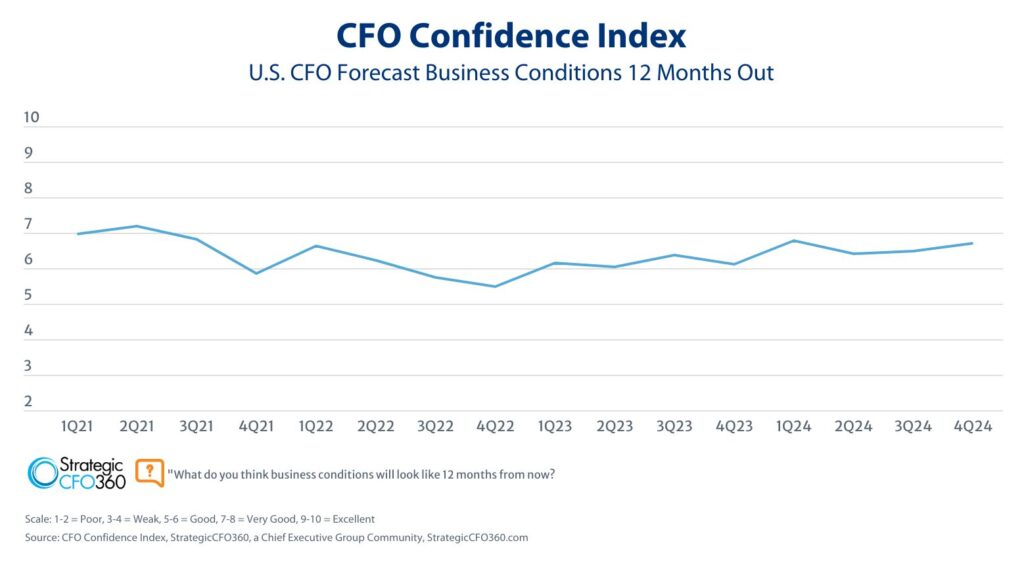About 20 years ago, the digital giants like Amazon were accelerating their use of the internet to rapidly grow their market share. These companies had a single strategy: to serve small customers at arm’s length in a service-rich environment. As they gained prodigious market share, successful incumbent companies increasingly turned to more defensible higher-service strategies, working more closely with select sets of customers. This rapidly fragmented the formerly homogeneous markets and ushered in the new Age of Diverse Markets, which characterizes business today—and it had massive ramifications for managers.
As companies turn to higher-service strategies to build their presence in defensible market segments, they find that these fundamental changes require a paradigmatic change in virtually all areas of their business. In today’s markets, managers have to coordinate closely with their sales, marketing, supply chain and finance colleagues to devise and manage complex services for fragmented market segments or even individual customers. Companies’ top-down organizations need to be replaced by decentralized sets of segment-dedicated multicapability teams that are agile, well-coordinated and market sensitive.
Broad KPIs are no longer appropriate; they must be more targeted, as higher-service strategies require higher costs, which are a great investment. No longer can companies succeed by seeking to maximize all revenues and minimize all costs.
New Metrics
In the past, average metrics like revenue, costs and gross margin worked well. In the Age of Diverse Markets, prices often vary from customer to customer, and even within larger customers (reflecting the combinations of physical products and related services), and the cost to serve varies greatly as well.
Companies providing complex packages of products and services must use a powerful new set of metrics, which we call Enterprise Profit Management. Transaction-based profit metrics and analytics are the core of EPM. Because transactions (order lines) are the financial atoms of a company, creating an all-in P&L for every invoice line enables you to match every increment of revenue with the cost of producing it. This may sound daunting, but in practice, you can achieve highly accurate transaction P&Ls by directly using the company’s general ledger entries. For example, Profit Isle, a SaaS Enterprise Profit Management company, can produce a full set of transaction-based metrics in two weeks or so.
Because every transaction has a known set of characteristics (e.g. customer, product, store, day, sales associate and so on), they can be combined to show the profitability of literally every nook and cranny of the company. Similarly, they can show the difference between the company’s best practice profitability and any less profitable transaction (controlling for customer and product type) and prioritize the “profit opportunities” for improving the business. They automatically update monthly, to reflect a company’s rapidly evolving business.
With transaction-based profit metrics, you will quickly see that your customers fall into three broad profit segments: “profit peaks,” your high-revenue, high-profit customers (typically about 20% of the customers that generate 150% of your profits); “profit drains,” your high-revenue, low-profit/loss customers (typically about 30% of the customers that erode about 50% of these profits); and “profit deserts,” your low-revenue, low-profit customers that produce minimal profit but consume about 50% of your company’s resources. Your products and suppliers have the same profit segment profiles.
Essential Management Questions
Today, managers have an immediate need for fast, accurate, up-to-date cost and profit information to manage their complex, rapidly changing businesses. For example, here is a sample of the questions that today’s financial managers have to be able to answer:
Financial Planning and Analysis. What is the profitability of each of my company’s activities, from department, to operating or sales manager, to individual customer, product or supplier (or any combination)? What are our profit opportunities in each department and operating/sales group in the company, and what progress are we making?
Sales Management. How much profit is each sales manager or rep producing? Which customers are profit peaks, and how can I grow them and track possible erosion? Which customers are profit drains, and how can I reverse their losses? Which customers are profit deserts, and how can I systematically lower our cost to serve them?
Product/Supplier Management. Which products and suppliers are profit peaks, and how can I grow them? Which products and suppliers are profit drains, and how can I reverse their losses? Which products and suppliers are profit deserts, and how can I manage them to increase my profitability?
What can I do if a critical supplier is a profit drain? What prices should I set for my products that will enable me to break even or to achieve a target ROI?
Supply Chain and Operations. Have we differentiated our service (e.g. order cycle times, free shipping) for our profit peaks, profit drains and profit deserts? Do I have the right amount of inventory in every storage location in my company? Is each store’s productivity and operating cost comparable to its peers, and if not, which profit elements are out of line in each store?
Sweeping Benefits
Enterprise Profit Management’s transaction-level profit metrics enable financial managers to answer all these questions, and more. Very often, companies starting to use EPM are shocked to see their hidden losses and huge unseen profit opportunities.
For example, in one company, the perennial top sales producer was astonished to find that his sales were producing only marginal profit. Top management worried about how he would react to this news. In fact, he said, “I’m really happy to find out the real profit picture. Now I know what to do to lead in both revenue and profit.” The rest of the sales team followed his lead and embraced the new information.
In another company, managers using their new EPM information were shocked to discover that a high proportion of their profit peak customers were eroding. When they contacted these customers, they were told that the company had poor delivery service.
The company’s supply chain managers were puzzled because over 95% of their deliveries were on-time. However, when they looked at the profit peak customers’ delivery service, they found that over a third of the customers were among the 5% that had poor service, but this was hidden in the company’s overall service statistics, which were based on the overall customer population. It turned out that many of the profit peak customers were located far from the company’s distribution centers and were served by third-party vendors who had problematic performance, rather than by the company’s own trucks, which had high service standards.
The remedy was straightforward: serve the profit peak customers with company trucks, even at a slightly higher cost. In a few months, the profit peak erosion reversed, most of the defecting customers ramped up their purchases to former levels, and company profits soared.
Extremely Accurate
The transaction-based profit metrics at the heart of EPM are extremely accurate because they use data directly from the company’s general ledger. They can handle data collection, cleansing and assimilation, and absorb data from multiple ERP systems (transactions, master file) and financial systems (general ledgers), plus third-party data and even spreadsheets.
Ongoing Profit Improvement
Enterprise Profit Management creates ongoing value because the profit metrics can be directly integrated into ongoing company processes (e.g. show customer profit segment and buying preferences in SalesForce to trigger service differentiation). It provides full monthly updates reflecting the most recent company financials.
Essential for Accelerating Profit
Enterprise Profit Management is creating a new era in profitability management. It takes financial analysis and management to a new level, one which is both appropriate and necessary for today’s complex, rapidly changing markets. Companies that use EPM typically see sustained year-on-year profit increases of 10-30%.
It is fast, flexible and accurate. With rapid configuration, managers can quickly and accurately identify the highest payoff projects and estimate the likely gains. It can easily accommodate rapid iterations of alternative cost assignments and multiple scenarios and can be displayed in configurable dashboards. EPM allows managers to easily trace their general ledger costs to each transaction line and evaluate and test the sensitivity of each cost function.
Enterprise Profit Management enables CFOs to give their counterpart managers the essential, timely, accurate information that they need to thrive in today’s Age of Diverse Markets. This will ensure their company’s success both today and for years to come.







